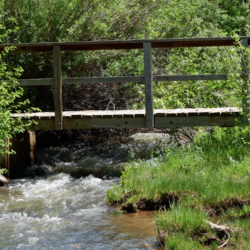Aquatic Conservation: Marine and Freshwater Ecosystems- Joshua Kesling
Second year Master of Environmental Management student Joshua Kesling recently published an article in Aquatic Conservation: Marine and Freshwater Ecosystems. The piece addresses freshwater and riparian ecosystem conservation strategies across Intermountain Western United States National Forests. Moreover, Kesling discusses the importance of measuring how outdoor recreation involving the use aquatic resources affects ecological integrity. DOI: https://doi.org/10.1002/aqc.70057







